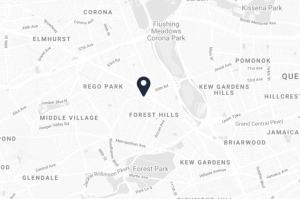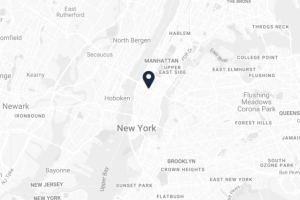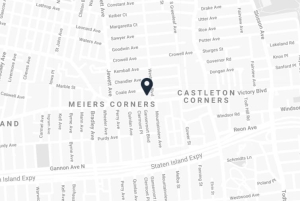LIABILITY FOR SNOW AND ICE ACCIDENTS
LIABILITY FOR SNOW AND ICE ACCIDENTS
| Mar 23, 2016 | Construction Accidents |
On behalf of COHEN & COHEN PERSONAL INJURY LAWYERS, P.C. posted in Slip and Fall on Monday, January 25, 2016.
This past weekend, New York City experienced not only its first significant snowfall of the 2015/2016 winter season, but also a record breaking blizzard. While the winter white landscape is beautiful to look at, it harbors the very real peril of slip and fall accidents as the melting and freezing snow turns surfaces slippery with ice.
Not every slip and fall on snow and ice results from negligence. We are often asked by prospective clients who come in to see us, “Do I have a case?”, or “Can I recover for my injuries?” or “How much can I recover?” The answers to these questions depend on various factors. Certainly, not every slip and fall on snow and ice resulting in injuries, is actionable.
We first determine whether at the time of the fall, there was a storm in progress. Under the storm in progress doctrine, a landowner is not required to clear snow and ice until a reasonable time after the storm ceases. In New York City, property owners have four hours after a storm ceases within which to clear snow or ice and until 11:00 A.M., if the storm occurs overnight. (NYC Administrative Code 16-123). Although there is no obligation to clear snow and/or ice until a storm ceases, once the property owner elects to remove snow and/or ice, it must do so with reasonable care, even if the storm is ongoing.
However, when a pedestrian slips and falls on an accumulation of old ice, or on an ice patch that existed before the snow storm during which the client was injured, the results may be different. We gather information, such as climatology records, weather reports, meteorological data, location photos, expert witness reports, inspection results, etc., to fully evaluate liability. Although a client may slip and fall when a storm is in progress, this, in and of itself, does not mean that the injury is not compensable.
We next determine who may be liable for the injury resulting from the fall. In New York City, both the private property owner and the municipality may be liable for an injury occurring on the public sidewalk as a result of snow and ice. The City is responsible for sidewalks adjacent to one, two or three family homes that are owner occupied and used for residential purposes. Thus a property owner who falls into this category will not be liable unless it created the condition, made the sidewalk condition worse or used the sidewalk for its special use. The City is not responsible for sidewalks adjacent to commercial buildings or multiple dwellings. (See NYC Administrative Code 7-210). Further, although a private property owner is required to clear snow and ice conditions within hours following a storm, the City may not be required to clean snow and ice for days, following a storm or blizzard, depending on its severity. Under Administrative Code Section 7-210, the abutting property owner has a duty to keep the sidewalk clear of snow and ice and maintain it in a reasonably safe condition.
It is not always clear, where responsibility lies for a dangerous sidewalk condition. A one, two, or three family home may be rental property or used for commercial premises and not exempt from liability. Third parties, such as snow removal contractors may also be liable for slips and falls on snow and ice. Snow removal contractors often have snow removal contracts with landowners, requiring the contractors to remove snow and ice. Tenants and others who use the sidewalk may also be responsible.
We also request and evaluate all applicable documents, including snow removal contracts. We request and evaluate leases between landlords and tenants, to clarify the respective liability of the parties to the lease. We request and evaluate sanitation records from the City of New York. However, liability or fault may not be completely evaluated until depositions of all parties are concluded.
We also evaluate on-site inspection reports to determine whether a leaking water spout, a defect in the pavement, or a depression in the pavement, were contributing factors to a slip and fall accident. We evaluate whether a landowner or snow removal contractor, created or exacerbated a dangerous snow or ice condition, in the course of snow and ice removal, by shoveling, for example, a narrow dangerous path or discharging ice onto the sidewalk, walkway or parking lot.
If you or someone you know has been injured due to ice or snow you should contact an experienced personal injury law firm. Cohen and Cohen Law Group P.C., is a law firm experienced in handling snow and ice cases.



